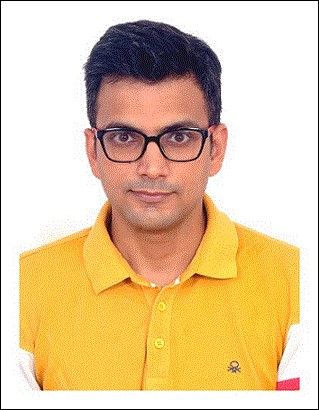PI Name & Affiliation:
Dr. Lalit Kumar Bansal
Assistant Professor
School of Mechanical Engineering
Funding Agency: Science and Engineering Research Board (SERB)
Scheme: SERB International Research Experience (SIRE)
Overlay: Rs. 13,86,000
Duration of the Project: 6 Months

Dr. Lalit Kumar Bansal
Graphical Abstract


Project Description
Main Aim of the fellowship was to use patterns generated after nanocolloid droplet evaporation to detect different contaminants in water. Polymers such as polystyrene and polycarbonate, silica nanoparticles and lead were chosen as the contaminants
Experiments were also conducted by mixing different dispersions. Fig. 1 shows the variations in the particle deposition for various cases. In evaporating particle laden droplets, there is an interplay between evaporation rate, internal flow field and particle interaction. Particles are carried around inside the droplets by the internal flow which in turn depends on the solvent evaporation from the droplet surface. PMMA particles show a ring with particles filling the inner circle (Fig. 1a).
PS particles of 19 μm diameter depict more uniform pattern. This is due to the fact that the 19μm particles are heavy and settle down due to gravity without much reduction in the droplet diameter (Fig. 1e). 8 μm PS particles form a ring-shaped pattern with interconnecting bridges (Fig. 1c). Similar behavior is noticed for 800 nm particles where particles are dispersed inside a ring.